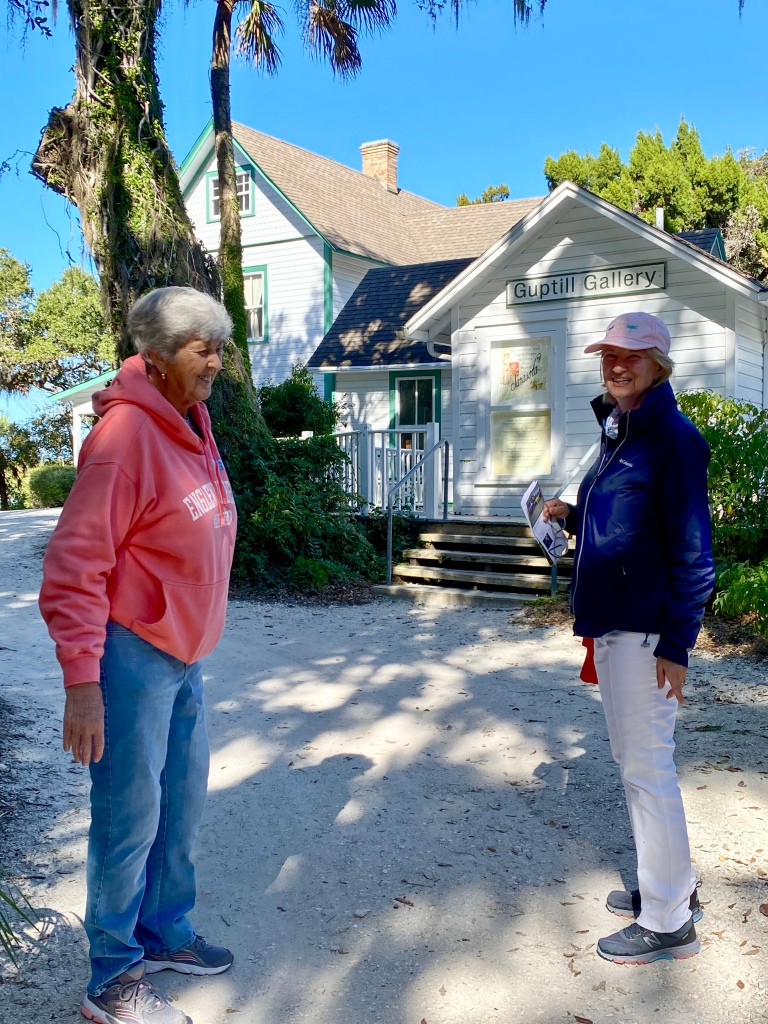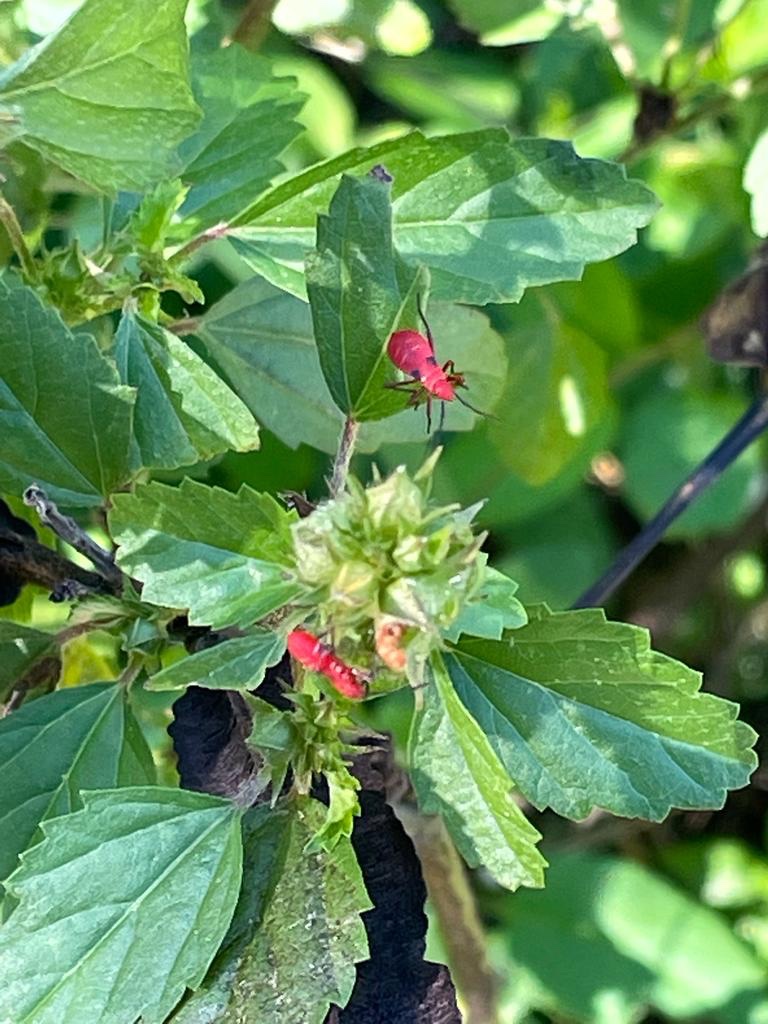Selby Botanical Garden Spanish Point is located on the Little Sarasota Bay in Osprey, Florida – south of Sarasota and north of Venice.

A beautiful cool sunny day in Florida beckoned us outdoors. So off we head to Spanish Point to spend time with a friend we had not seen in several months. Spanish Point’s history unfolded as we walked nature trails that wove through homestead buildings and archeological sites.


Spanish Point provides a little of everything on a small scale. By meandering through accessible nature trails, Spanish Point gives a brief glimpse of pioneer homestead seashore operations (1870s), an archeological indication of habitation from 5,000 to 1,000 AD and of course a butterfly garden.


The Selby Spanish Point campus is a 30-acre environmental and historical complex composed of native and introduced botanicals, marsh and bay ecosystem, homestead houses, prehistoric mounds and archeological dig.


Findings indicate prehistoric habitation of the site began about 5,000 years ago. Using the abundant resources provided by the Gulf of Mexico, prehistoric people living on Tampa Bay’s shoreline transitioned from nomadic hunters and gatherers to settlers. The site’s archaeological records indicate the prehistoric settlers disappeared sometime prior to 1100 AD.

In 1867, the John Webb family from Utica, New York established a homestead on Spanish Point overlooking Little Sarasota Bay. He gave the name “Spanish Point” to the land he settled to honor the Spanish trader who advised him of its elevation. The Webb family built their homestead house, planted citrus, sugar cane and vegetables and built a citrus packing house and boat yard. In the early 1900’s, the Webb family sold parcels of the homestead to new settlers.


Then in 1910, a wealthy Chicago socialite, Bertha Palmer (widow of Potter Palmer) purchased 350 acres around the Spanish Point homestead as well as thousands of acres for cattle ranching, citrus groves and real estate development. She preserved the pioneer buildings and connected them with lavish formal gardens and lawns. After her death in 1918, her family maintained the property and encouraged its nomination for listing on the National Register of Historic Places. In 1975, it became the first site in Sarasota County to be listed in the National Register. In 1980, the Palmer heirs donated Spanish Point to the Gulf Coast Heritage Association. In May of 2020, it became a companion campus of the Marie Selby Botanical Gardens of Sarasota.


For me, I simply enjoyed spending a beautiful crisp, cool sunny day walking in nature with friends. One of those days where you want to point your face to the sun, hold your arms out and thankfully say “What a Gorgeous Day.”
Overlooking Little Sarasota Bay, surrounded by nature , Spanish Point is a perfect setting for a picnic lunch. Plenty of places to eat your sandwich or fruit and nuts and quietly contemplate the beauty of nature.


Fabulous posting, Nancy–informative and just beautiful pictures–Great job, as always! 🙂
LikeLike